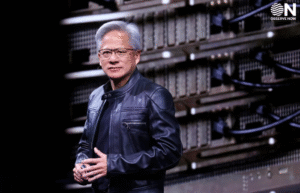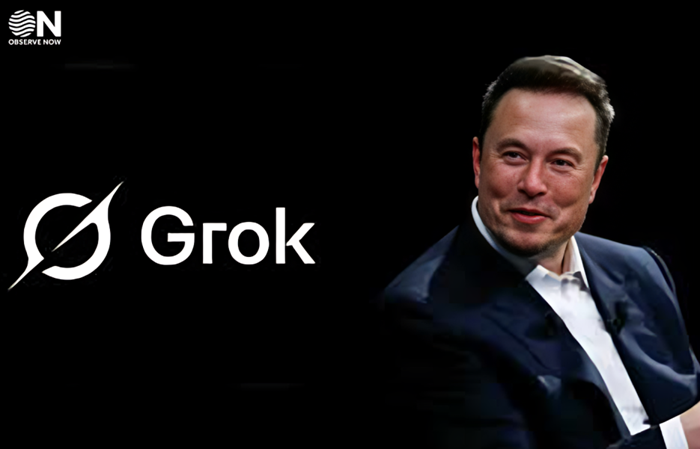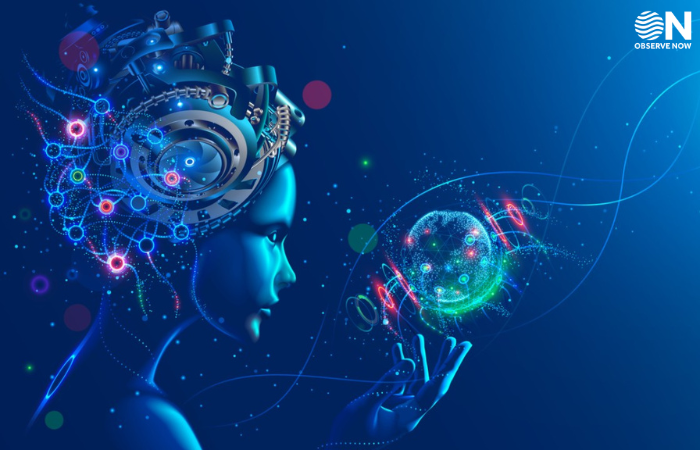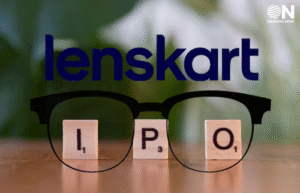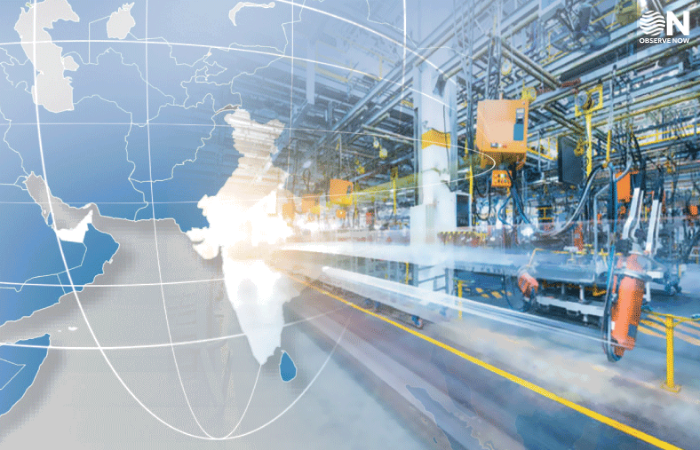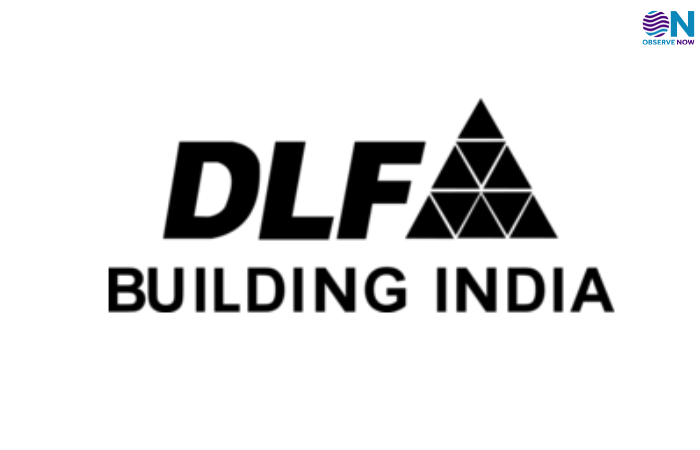Snowflake Rides the AI Wave, Cloud Data Giant Gains Investor Confidence Amid Rising Enterprise Adoption
In a rapidly evolving digital economy where AI is transforming the way businesses store, analyze, and monetize data, Snowflake is emerging as one of the biggest beneficiaries. With enterprises increasingly seeking integrated, scalable, and secure platforms for AI and analytics workloads, the company has positioned itself as the go-to partner for building intelligent, data-driven applications in the cloud.
At the heart of Snowflake’s momentum lies its AI Data Cloud platform—a unified environment that spans data warehousing, engineering, lake management, and secure data sharing. The company’s architecture, built to seamlessly integrate with major cloud providers including AWS, Azure, and Google Cloud, offers organizations the agility and scale needed to power large AI models, streamline operations, and drive innovation.
The financial markets have taken note. Over the past year, Snowflake’s stock has seen impressive growth, outpacing broader indices and drawing bullish attention from analysts and institutional investors. The company recently reported a surge in quarterly product revenues, with strong year-over-year growth and an upward revision of its full-year guidance—signaling not just momentum, but confidence in the durability of its business model.
Key to Snowflake’s continued rise is its expanding customer base, which includes a significant number of Fortune 2000 companies. The platform’s usage-based pricing model aligns well with enterprises that are scaling AI workloads incrementally, and its ability to retain and upsell existing clients has kept net revenue retention figures high. Moreover, Snowflake has made strategic moves to deepen its AI capabilities, including the acquisition of AI-native data startups and the rollout of developer tools designed for building and deploying generative AI models.
Yet the path ahead is not without its challenges. Competitive pressure is intensifying from cloud giants offering overlapping services, while valuation concerns linger amid broader tech market volatility. Additionally, the company’s heavy investments in R&D and talent continue to weigh on GAAP profitability, raising questions about the timeline to sustained earnings.
Still, Snowflake’s fundamentals appear resilient. Its strong balance sheet, expanding gross margins, and steady cash flow generation offer a cushion against short-term headwinds. More importantly, its growing role in enterprise AI infrastructure suggests that it’s not just riding a trend, but actively shaping it.
As global businesses move from experimenting with AI to embedding it in their core operations, Snowflake’s strategic positioning, platform capabilities, and execution discipline could make it a defining tech story of the next decade.




